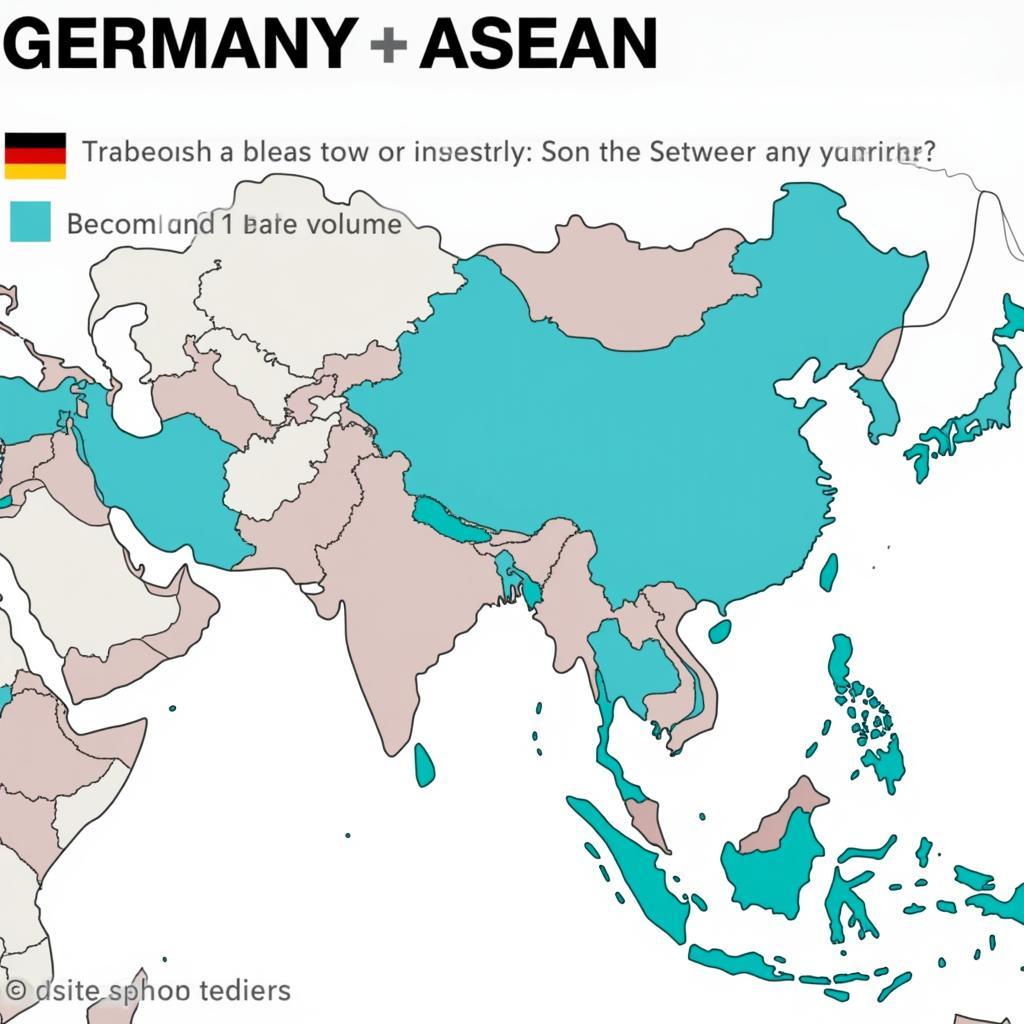ASEAN expansion is a hot topic these days, and for good reason. The Association of Southeast Asian Nations (ASEAN) has been a driving force in the region’s economic growth and development for decades. Now, with a growing population, rising middle class, and increasing demand for goods and services, ASEAN is poised for even greater success in the years to come.
But what exactly does ASEAN expansion mean? And what are the opportunities and challenges that come with it? In this article, we’ll take a deep dive into the topic, exploring the key drivers of ASEAN expansion, the potential benefits and risks, and what the future holds for this dynamic region.
Key Drivers of ASEAN Expansion
Several key factors are driving ASEAN expansion.
1. Economic Growth: ASEAN is one of the fastest-growing regions in the world, with a combined GDP of over $3 trillion. This economic growth is fueled by a number of factors, including:
- A young and growing population: ASEAN has a large and youthful population, which is a major driver of economic growth. This young population is increasingly educated and skilled, making them a valuable asset to the region’s workforce.
- Rising middle class: The region’s growing middle class is driving demand for goods and services, contributing to economic growth and creating opportunities for businesses.
- Government support: ASEAN governments are actively promoting economic growth through infrastructure development, trade liberalization, and investment incentives.
2. Regional Integration: ASEAN has made significant progress in regional integration through initiatives like the ASEAN Economic Community (AEC). This integration has facilitated trade, investment, and people movement within the region, creating a more unified and prosperous market.
3. Digital Transformation: ASEAN is embracing digital technologies at a rapid pace, with the emergence of e-commerce, fintech, and digital services transforming the way people live, work, and do business.
Benefits of ASEAN Expansion
ASEAN expansion offers a wide range of benefits for businesses, governments, and individuals.
1. Increased Trade and Investment: ASEAN expansion will lead to increased trade and investment within the region and with other countries. This will create new opportunities for businesses, boost economic growth, and create jobs.
2. Enhanced Competitiveness: ASEAN expansion will make the region more competitive on the global stage. By working together, ASEAN countries can attract more foreign investment, boost exports, and create a more resilient economy.
3. Improved Infrastructure: ASEAN expansion will require significant investments in infrastructure, including transportation, energy, and telecommunications. These investments will create jobs, improve connectivity, and enhance the region’s overall competitiveness.
4. Greater Regional Stability: ASEAN expansion will promote regional stability and security by fostering cooperation and dialogue between member states. This stability is essential for attracting investment and promoting sustainable economic growth.
Challenges of ASEAN Expansion
While the benefits of ASEAN expansion are clear, there are also some challenges that need to be addressed.
1. Inequality: ASEAN expansion needs to ensure that the benefits are shared equitably among all member states and within individual countries. If not addressed, inequality could lead to social unrest and instability.
2. Environmental Sustainability: ASEAN expansion must prioritize environmental sustainability to avoid the negative environmental impacts of rapid economic growth. This includes investing in renewable energy sources, reducing carbon emissions, and protecting biodiversity.
3. Political and Social Challenges: ASEAN expansion requires strong political and social institutions to manage the diverse interests of member states. This includes promoting good governance, protecting human rights, and building a more inclusive and equitable society.
What the Future Holds for ASEAN
ASEAN is poised for continued growth and development in the coming years. The region’s young population, expanding middle class, and commitment to regional integration create a solid foundation for continued success.
However, ASEAN must address the challenges of inequality, environmental sustainability, and political and social challenges to ensure that expansion benefits all member states and future generations.
“ASEAN expansion is a tremendous opportunity to unlock the region’s full potential,” says Dr. Sarah Lee, an expert on Southeast Asian economics. “By working together, ASEAN countries can build a more prosperous, inclusive, and sustainable future for all.”
FAQ:
Q1: What is ASEAN expansion?
A1: ASEAN expansion refers to the process of strengthening and deepening the integration and cooperation among ASEAN member states. It involves promoting economic growth, political stability, and social development in the region.
Q2: What are the main goals of ASEAN expansion?
A2: The main goals of ASEAN expansion include:
- Promoting economic growth and development.
- Increasing trade and investment.
- Strengthening regional integration.
- Fostering political and social stability.
Q3: How does ASEAN expansion benefit businesses?
A3: ASEAN expansion creates new opportunities for businesses by expanding markets, increasing trade, and reducing barriers to investment. It also provides access to a larger pool of skilled labor and resources.
Q4: What are the environmental challenges of ASEAN expansion?
A4: ASEAN expansion raises concerns about the environmental impact of increased economic activity. This includes deforestation, pollution, and climate change.
Q5: How can ASEAN ensure that the benefits of expansion are shared equitably?
A5: ASEAN can address inequality by promoting inclusive economic policies, investing in education and healthcare, and ensuring that the benefits of economic growth reach all segments of society.
Q6: What are the potential risks of ASEAN expansion?
A6: Potential risks include political instability, environmental degradation, and economic inequality. It is essential to address these risks to ensure the sustainable development of the region.
Q7: What is the role of technology in ASEAN expansion?
A7: Technology plays a vital role in ASEAN expansion by facilitating trade, improving connectivity, enhancing productivity, and creating new business opportunities.
